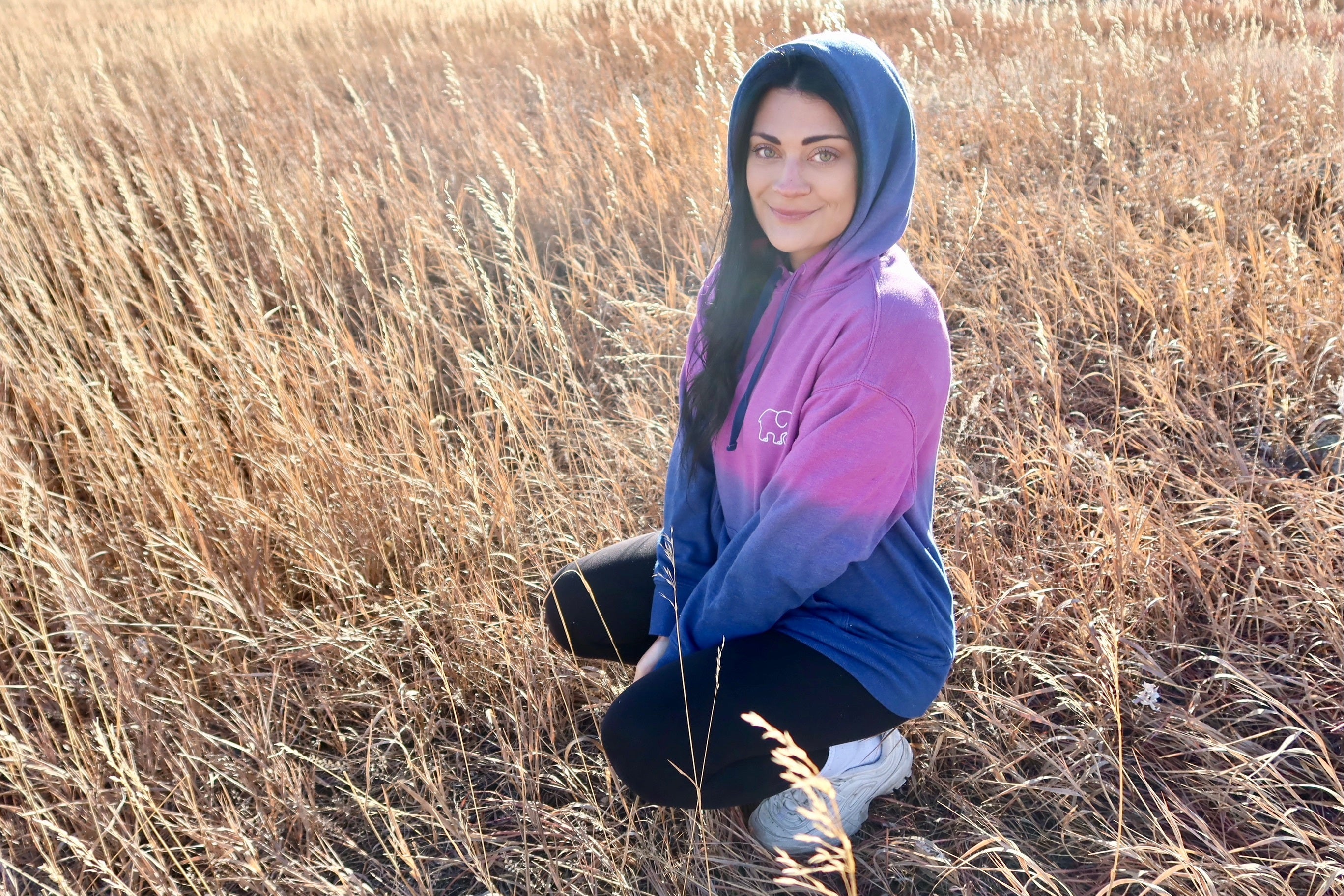Our newest collection works to protect America’s heartland and the diverse wildlife that call it home.
By savanna standards, America’s Northern Great Plains is little more than prairie. They don’t offer the same tropical conditions as their African counterparts nor do they boast the same exotic creatures – after all, subtlety is the calling card of places like this. But any feeling of emptiness you might have when you look out at the vast expanse of grassland is only an illusion - plains like this support some of the greatest gatherings of wildlife on our planet and, as a result, bear witness to their stories.
Spanning more than 180 million acres, the Northern Great Plains’ grassy fingers stretch across five U.S. states and two Canadian provinces, providing a gateway to dramatic vistas and remarkable wonders as far as the eye can see. Ambling bearded bison, pronghorn (always on alert), and a diverse assortment of grassland birds all call this place home. It’s bore witness to the expeditions of Lewis and Clark and the unique cultural impact of Native American communities has left its roots. Frigid winters, spring rainstorms, hungry wildfires and high winds, the plains are no stranger to change.
The Northern Great Plains is one of only a handful of our world’s last big stretches of wild, an ecological backbone for a changing world. And it’s under threat.
One of the World’s Most Threatened Natural Systems
Concerns about the ongoing destruction of the Northern Great Plains are growing, fueled by agriculture and climate change. Demand for drought resistant bioengineered crops like corn and wheat encourage the need to till the land while draining critical waterways and watersheds. Routinely tilling the soil deprives it of important nutrients the soil needs to remain healthy and viable for other living organisms. It also encourages the degradation of native grasses because there isn’t enough soil for their roots to take hold.
Then there’s energy consumption. Some of the nation’s largest coal reserves exist in the region, offering opportunities for industry to extract oil and natural gas from the earth where resources were once too difficult or expensive to access.
As the world around us continues to develop, infrastructure like roads, fences, bridges and buildings inhibit the natural movements of wildlife who need to roam for survival. We’re seeing this in other places, too. Samburu, Kenya, where Save the Elephants is headquartered, has been working with local tribes to more thoughtfully plan and execute development in the area to allow for a kind of open corridor aimed at allowing elephants and other wildlife to migrate to food, mates and water.
The Northern Great Plains’ Keystone Species
You will see them, lolling or ambling about, shaggy, grumpy and awesome. In fact, they feel almost as American as the Bald Eagle. Upwards of 30 million bison once roamed North America, but in the late 1800s, white hunters and soldiers wiped out the herds, largely to weaken Native resistance. Today, bison are still under threat as they lose their homes and their genetic diversity, but over the last decade, the
conservation community has become aware of the importance bison serve as a keystone species, and have started doing something about it.
When it comes to the Northern Great Plains and bison, you can’t mention one without the other. As bison forage, they aerate the soil with their hooves, helping plants get the critical nitrogen, carbon and oxygen they need to grow. Because they are some of the largest land animals on earth, bison plow throw the Great Plains’ thick blanket of grass, helping to create habitats for other wildlife, including another threatened group: grassland birds. While they roam, the bison eat the grasses and other vegetation, and disperse the native seeds in their dung.
About Our Charity Partner
Defenders of Wildlife is working to restore and protect the Great Plains with the help of private landowners, tribal groups and public allies. The focus of their work centers around restoring the region’s keystone species, including prairie dogs, beavers and bison, which dozens of other species depend on for their survival.




